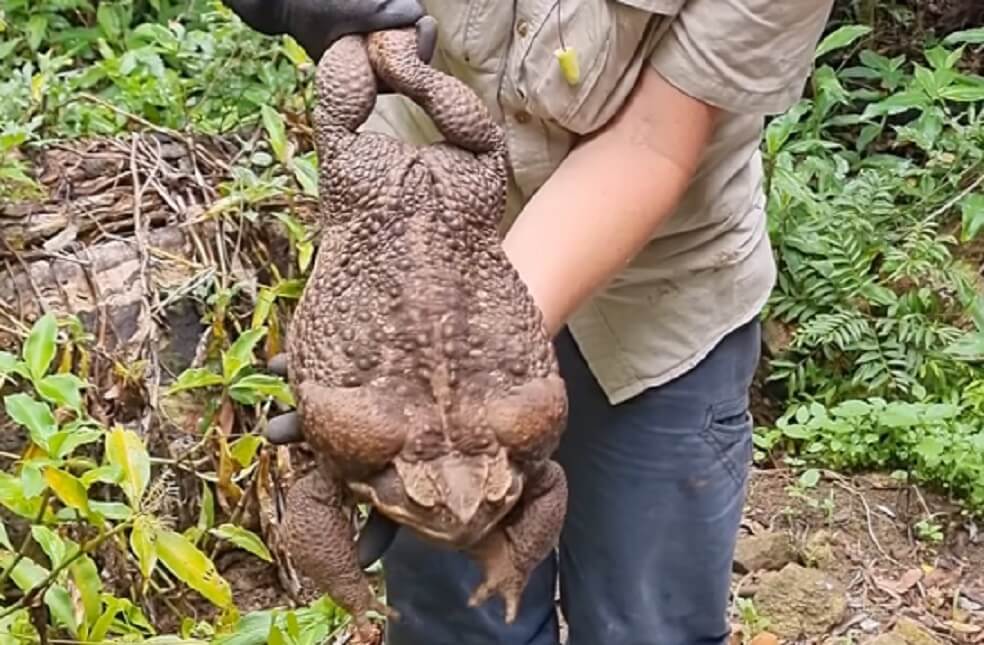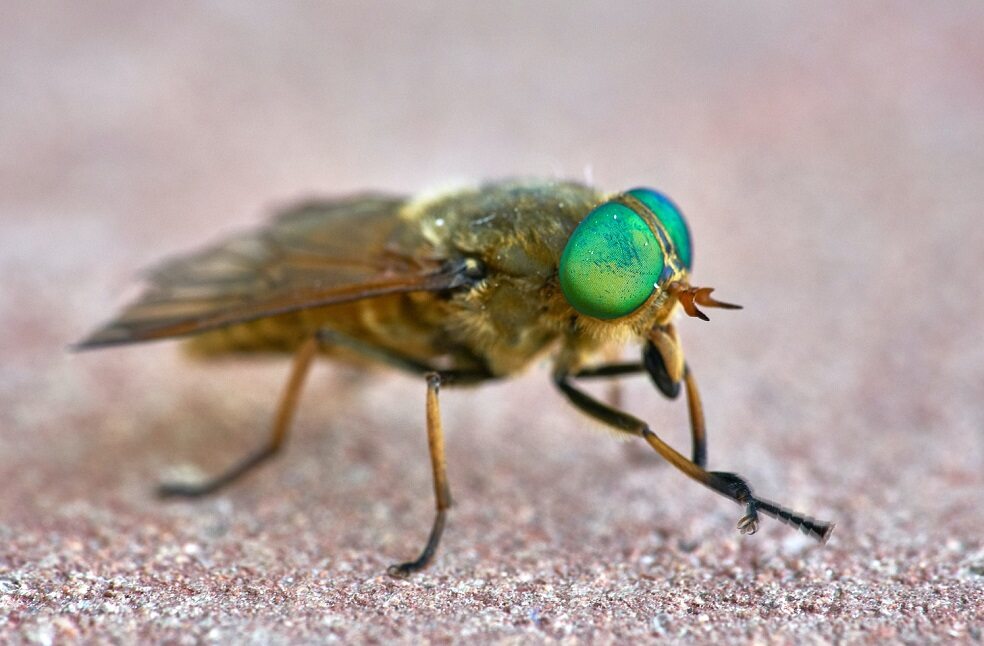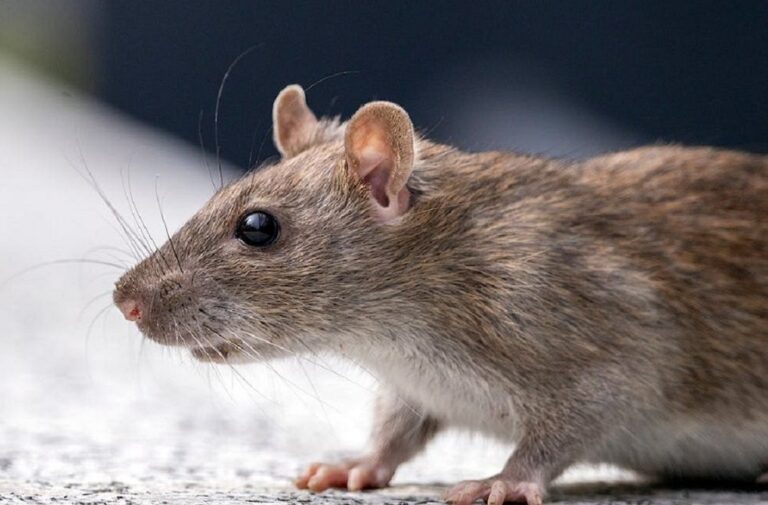United States: A UN assessment has found that invasive species are costing the world at least $423 billion every year and have become a threat to biodiversity on Earth. According to reports, at least 3,500 harmful invasive species have been recorded globally in every region, spread by human travel and trade. The impact is destructive for humans and wildlife, as it may lead to extinctions and permanently damage the healthy functioning of an ecosystem.
“Invasive alien species are a major threat to biodiversity and can cause irreversible damage to nature, including local and global species extinctions, and also threaten human wellbeing,” Prof. Helen Roy, Prof. Anbal Pauchard, and Prof. Peter Stoett, who led the research, noted.

“It would be an extremely costly mistake to regard biological invasions only as someone else’s problem. Although the specific species that inflict damage vary from place to place, these are risks and challenges with global roots but very local impacts facing people in every country, from all backgrounds, and in every community—even Antarctica is being affected,” Mr. Pauchard commented.
The assessment, produced by the Intergovernmental Science-Policy Platform on Biodiversity and Ecosystem Services (IPBES), the leading UN body on biodiversity science, was conducted by 86 experts, including scientists and Indigenous communities, over four and a half years.

Most invasive species reports were recorded in the Americas, with 34 percent of all reports, followed by Europe and Central Asia (31 percent), the Asia Pacific (25 percent), and Africa (7 percent). Three-quarters of reports were in terrestrial ecosystems, mostly woodlands and boreal forests. The authors found that the cost of biological invasions had risen by 400 percent every decade since 1970 and projected that it would continue to soar in the years to come.
The expert assessment found that there were a wide range of options to combat the spread and impact of invasive species, one of the targets agreed upon at Biodiversity COP15 last December in Montreal for this decade’s global targets. According to the report, eradication programmes on islands, which are disproportionately affected by the spread of invasive species, have had an 88 percent success rate. But experts remarked that the emphasis had to shift towards the prevention of the spread of invasive species instead of costly eradication programmes.



